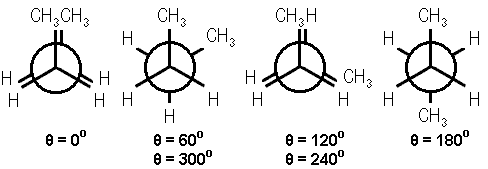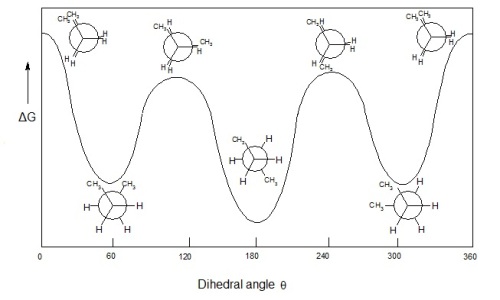Analytical Chemistry Lesson of the Day – Specificity in Method Validation and Quality Assurance
July 20, 2015 Leave a comment
In pharmaceutical chemistry, one of the requirements for method validation is specificity, the ability of an analytical method to distinguish the analyte from other chemicals in the sample. The specificity of the method may be assessed by deliberately adding impurities into a sample containing the analyte and testing how well the method can identify the analyte.
Statistics is an important tool in analytical chemistry, and, ideally, there is no overlap in the vocabulary that is used between the 2 fields. Unfortunately, the above definition of specificity is different from that in statistics. In a previous Machine Learning and Applied Statistics Lesson of the Day, I introduced the concepts of sensitivity and specificity in binary classification. In the context of assessing the predictive accuracy of a binary classifier, its specificity is the proportion of truly negative cases among the classified negative cases.



Recent Comments